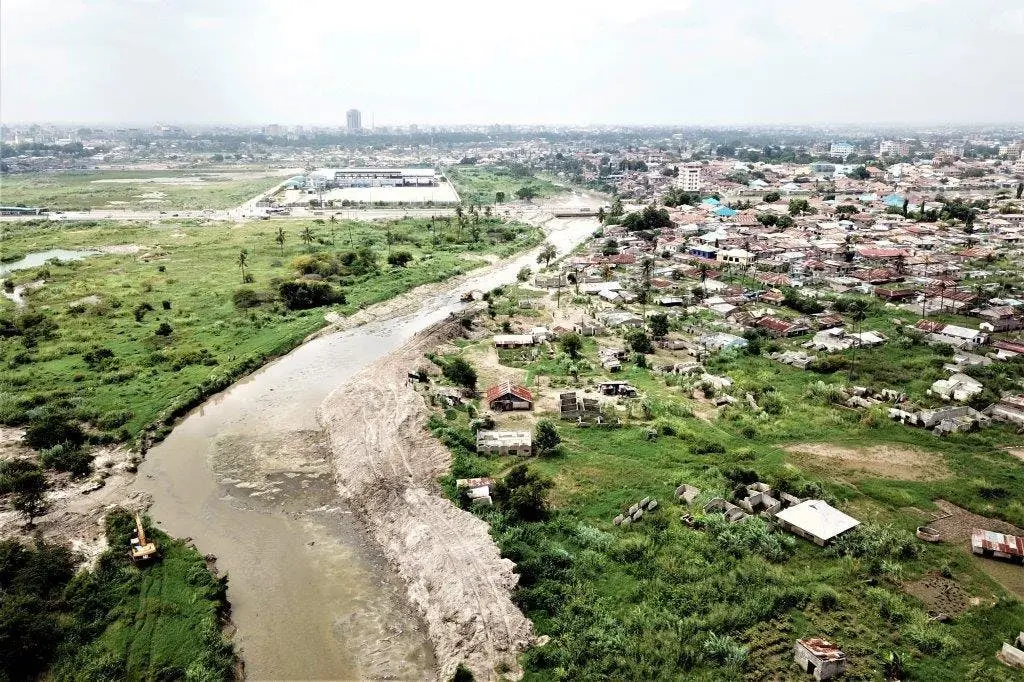Climate change and community resilience
Commissioned by the World Bank, SenseGuide conducted a SenseMaker study of community resilience in the Msimbazi Lower Basin Area of Dar es Salaam, Tanzania. The objective of the study was to support a participatory design process with stakeholders from the highest levels of government to the grassroots of the community, from civil society to private sector. They have come together to determine how to best address the multi-faceted challenges posed by the recurrent flooding in the Msimbazi.
The information of the SenseGuide study has been relevant for the consultants to better understand the back ground of the community members in the Msimbazi stakeholder group. The insights and questions raised have been important inputs for the agenda setting and positive group dynamics amongst the stakeholders during the workshops and charrette process
Max van der Sleen, programme manager
Resilience: why people choose to live in the Msimbazi valley despite that it is increasingly unsuitable to live in
Msimbazi: a highly dynamic river system facing immense human and environmental pressures
The Msimbazi River and its tributaries flow through the heart of Dar es Salaam, the commercial capital of Tanzania. The city’s population growth is one of the fastest in the world and an estimated 70% of urban development is unplanned. Especially in the Lower Basin of the river unplanned, informal settlements are distributed over the plains. It is also an area where severe flooding takes place, putting residents, livelihoods, properties, and critical infrastructure at risk after heavy rainfall.
The locations for settlement along the edges of the river plains has become less safe and healthy. The Msimbazi is a highly dynamic river system that is facing immense human and environmental pressures. If nothing is done, urbanization pressures and climate change will increase the annual flood risks and associated damages.
Design charrette process
In this context the President’s Office – Regional Administration and Local Government (PO-RALG) and The World Bank coordinated a participatory design process in order to develop a comprehensive understanding. This process was facilitated by Ecorys and based on the “Design Charrette” methodology. In the Msimbazi Charrette process, stakeholders from the highest levels of government to the grassroots of the community, from civil society to private sector, have come together to determine how to best address the multi-faceted challenges posed by the recurrent flooding in the Msimbazi.
In less than 9 months, 8 stakeholder workshops and 49 meetings were held which involved more than 150 individuals from 59 institutions. They collected information to understand the complexity of the flood risks and environmental degradation; explored solutions; and designed the Msimbazi Opportunity Plan (MOP) for transforming the Msimbazi Basin in Dar es Salaam into a beacon of urban resilience. This Msimbazi Charrette process thus matched science with local Mtaa level knowledge to gain the insights needed to comprehend the complexity the Msimbazi challenge, and to collectively define appropriate solutions.
Study of community resilience
SenseGuide supported the charrette process with a baseline study of the community resilience through a narrative based (SenseMaker) survey. The study provides valuable insights into the subjects that are important for the communities, their vulnerability to various hazards and risks and the resilience of the communities in the Msimbazi Lower Basin Area. The SenseMaker survey was conducted from 12-16 February 2018. The field work was organised by BORDA and the 10 students i.e. The Young Ambassadors from Nipe Fagio.
The historic knowledge and insights in the lives, livelihoods, themes and sensitivities of the communities in flood affected Mtaa’s was developed based on stories and clarifying questions to 191 community members; and by engaging voices of the community as well as a number of Wajumbe’s and Mtaa chairmen from all 17 Mtaa’s in the Lower Msimbazi Basin plane. The SenseGuide study revealed why people continue to choose to live in the Msimbazi valley despite that is increasingly unsuitable to live in. The location is close to public transport, markets, and health services; and, moreover, offers income generating opportunities, and cheap accommodation. These advantages tend to outweigh flood & security risks.
The community members consider that government representatives have listened to them, and vis-a- versa. This has taken away the sharper edges of distrust and has allowed the participatory design process to work well
Max van der Sleen, programme manager

